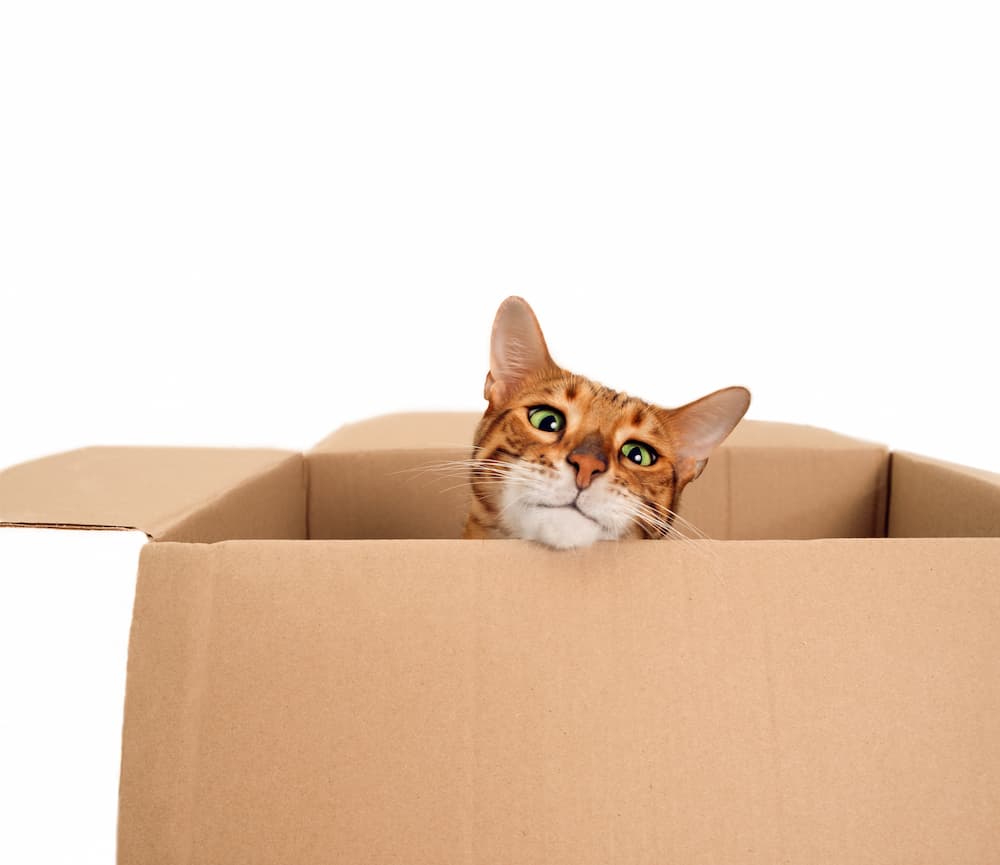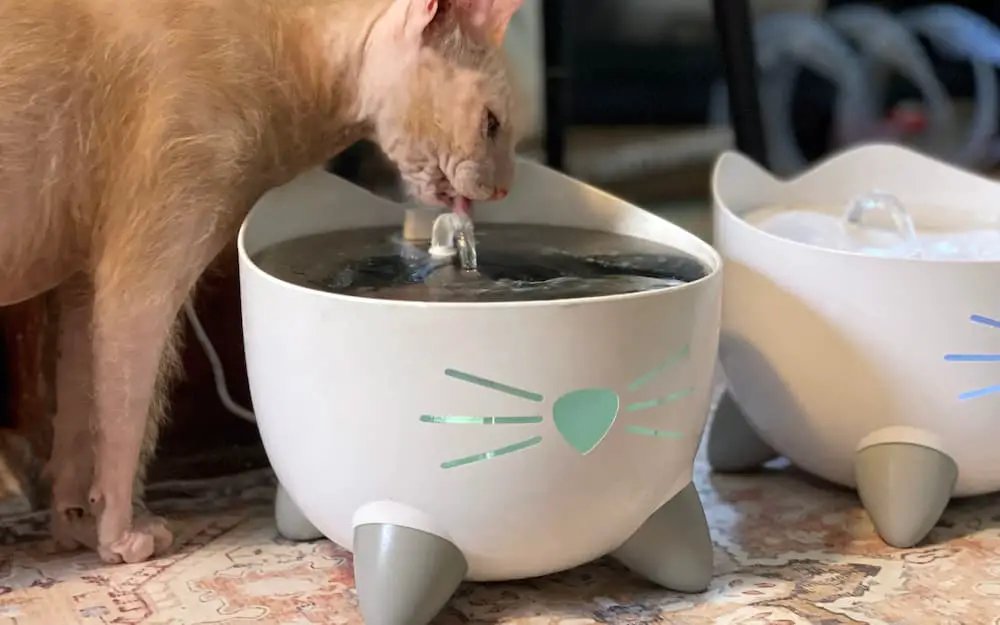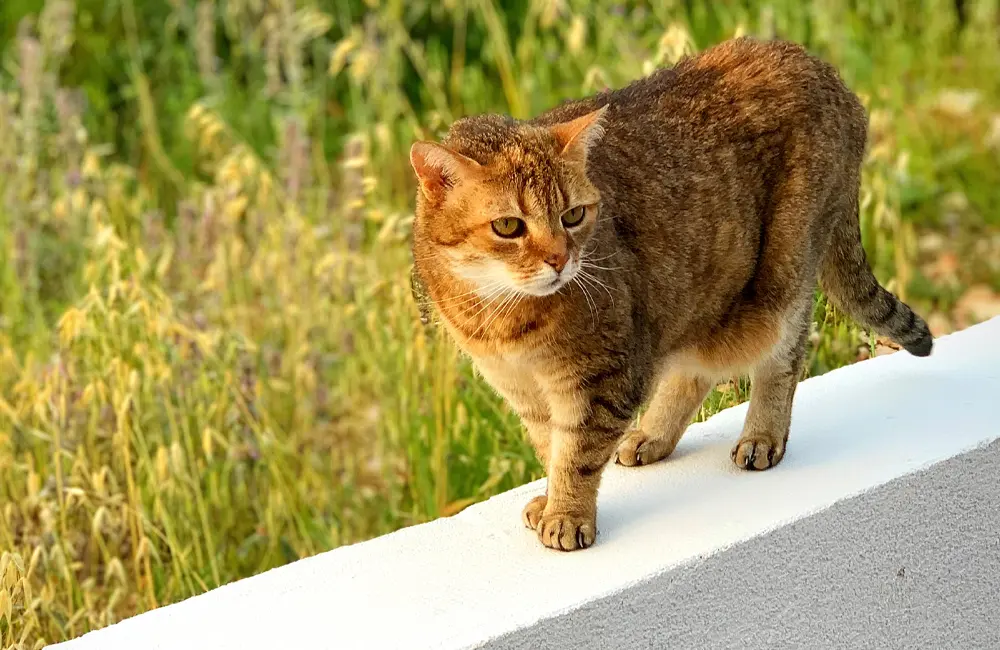 Medical emergencies often happen without warning. That’s why it is very essential for all pet owners to be familiar of the common veterinary crises and the basic first aid for their animal companions. While no one can be fully prepared for all sorts of emergency situations, there are some guidelines we ought to follow and certain things to pay attention to when our cat is involved in an accident or seems ill. You’ll never know but your preparedness might just save kitty’s life.
Medical emergencies often happen without warning. That’s why it is very essential for all pet owners to be familiar of the common veterinary crises and the basic first aid for their animal companions. While no one can be fully prepared for all sorts of emergency situations, there are some guidelines we ought to follow and certain things to pay attention to when our cat is involved in an accident or seems ill. You’ll never know but your preparedness might just save kitty’s life.
How to Handle Common Emergencies
First aid is the initial treatment we give during medical emergency. Its main purpose is to preserve life, lessen pain and discomfort, and reduce the risk of disfigurement or permanent disability. In any urgent situation, owners are expected to remain calm and consider everyone’s safety first by assessing the scene for any additional threats to you or your cat. Before you do anything else, make sure that you are also able to keep your pet warm and as quiet as you possibly can. Keep your cat’s movement to a minimum particularly in situations where there are broken limbs, trauma, or any neurological signs. After this, you can call your vet hospital, inform them of the situation, and obtain detailed first aid advice. Below are some of the common emergencies that you have to be able to handle:
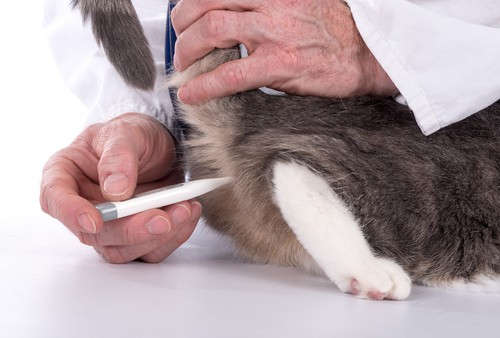 Fever
Fever
If your pet starts acting sick and her face and ears feel hot, it’s possible then that she has a fever. The moment you suspect that your cat has a fever, try taking her rectal temperature with a digital thermometer. Your cat’s normal resting body temperature is between 100.5°F to 102.5°F. If it goes up to 103°F or above, then you can confirm that your cat has a fever. If the reading reaches 105°F or above, immediate attention is required as this is already a potentially life-threatening situation. If you’re waiting for transportation to get to the vet, you can try applying cooling measures by moistening kitty’s fur with cool (not cold or ice) tap water and then placing her by the fan. Avoid over-treating the condition as cats can lose heat pretty quickly. Once her temperature has come down, discontinue the use of cooling measures. Never give your pet fever remedies used by humans like aspirin or ibuprofen as these medications are toxic to cats.
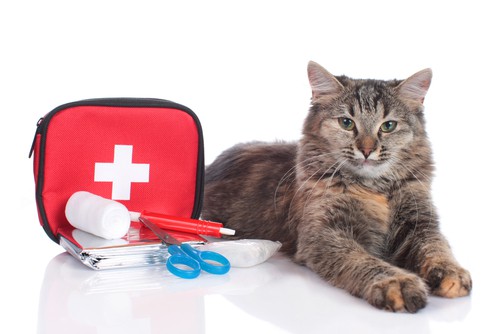 Bleeding
Bleeding
This is generally associated with injury, so being able to recognize and control blood loss is a critical part of first aid. Bleeding can either be external (cut or wound on body surface) or internal (chest or abdomen). Severe blood loss can result in shock, collapse, and worse, death if not treated right away. For external bleeding cases, approach your injured pet with extreme caution to avoid getting hurt yourself. Bear in mind that even the most docile cat can lash out when injured and in terrible pain. Keep your cat as calm and as still as you can. Begin by applying direct pressure to the wound for full 10 minutes (or for as long as your cat will allow) with the use of tissue, gauze, or clean cloth as a compress. If nothing else is handy, your bare hands will have to do. Never lift the compress to check if the bleeding has stopped or you might displace the clot. Now, if the tissue or cloth soaks through, just layer additional fresh clean padding on top of it. If the wound is on the extremity or leg, you may need to bind the compress in place. Lying kitty on her side at the same time elevating the bleeding limb may aid in slowing down blood flow. For severe or persistent haemorrhage, seek veterinary care at once. For cases involving internal bleeding, you have to understand that this situation is a serious emergency; however, it’s not always obvious for you may not see any blood. Internal bleeding can happen with critical fall, blunt trauma, or being hit by a vehicle.
Burns
Burns are often caused by exposure to flames, heat, electricity, or caustic chemicals and can occur anywhere on your cat’s body. Burns are very painful, can worsen even before they get better, and are extremely susceptible to infection. Severe cases may require intensive care and/or reconstructive surgery. When burns occur, try putting out any flames first or unplugging any electrical source. Approach your injured pet very carefully. For thermal or electrical burns, use cool water compress on kitty (never apply ice, ointments, or butter). For chemical burns, flush the contaminated part amply with the use of tepid running water for at least 15 minutes. Never try to pop blisters or remove burned parts (fur or skin) all by yourself. Call your vet for immediate care.
Vomiting
Vomiting is a common sign on an underlying medical problem. Frequent vomiting, especially when it occurs with diarrhea, can quickly lead to dehydration. First aid usually involves removing all food and water sources till the vomiting has stopped for at least 6 hours. If no vomiting takes place within 6 hours, offer your ailing pet with very small amounts, probably 1 to 2 teaspoons, of bland food every 2 to 3 hours. If the condition stays down, you can resume on giving your cat tiny amounts of her regular food. However, if vomiting and/or diarrhea persists, and your pet refuses her food and appears to be very lethargic, immediately take her to the vet. This is especially alarming as well if kitty’s vomit or stool includes large amounts of frank blood. Never give your cat over-the-counter drugs or prescription medications unless specifically prescribed by the veterinarian.
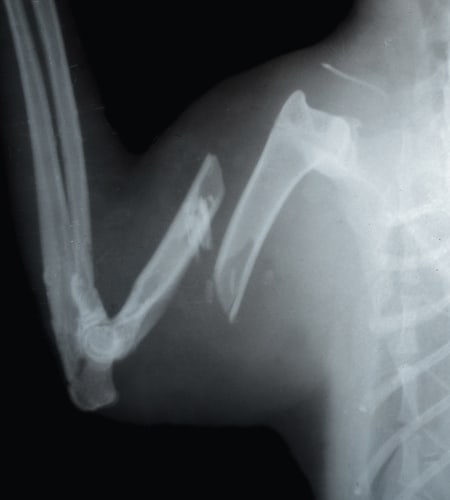 Broken Bone
Broken Bone
Obviously a broken bone is cause for an immediate trip to your veterinarian or emergency vet clinic. The most important thing to do is keep your kitty calm and keep her from moving while you’re transporting her to the vet, so she doesn’t further injure herself. Don’t try to splint the bone, as this can cause more pain and injury to your cat.
Your veterinarian is your best source of information for your cat’s health. If you are unsure what to do in a given situation, contact your veterinarian and ask for advice. He will let you know if you can administer first aid to your cat at home or if the situation is truly an emergency.

